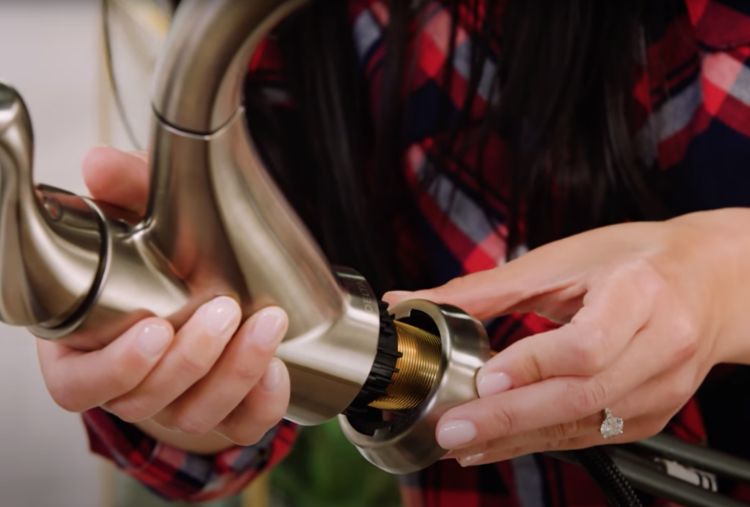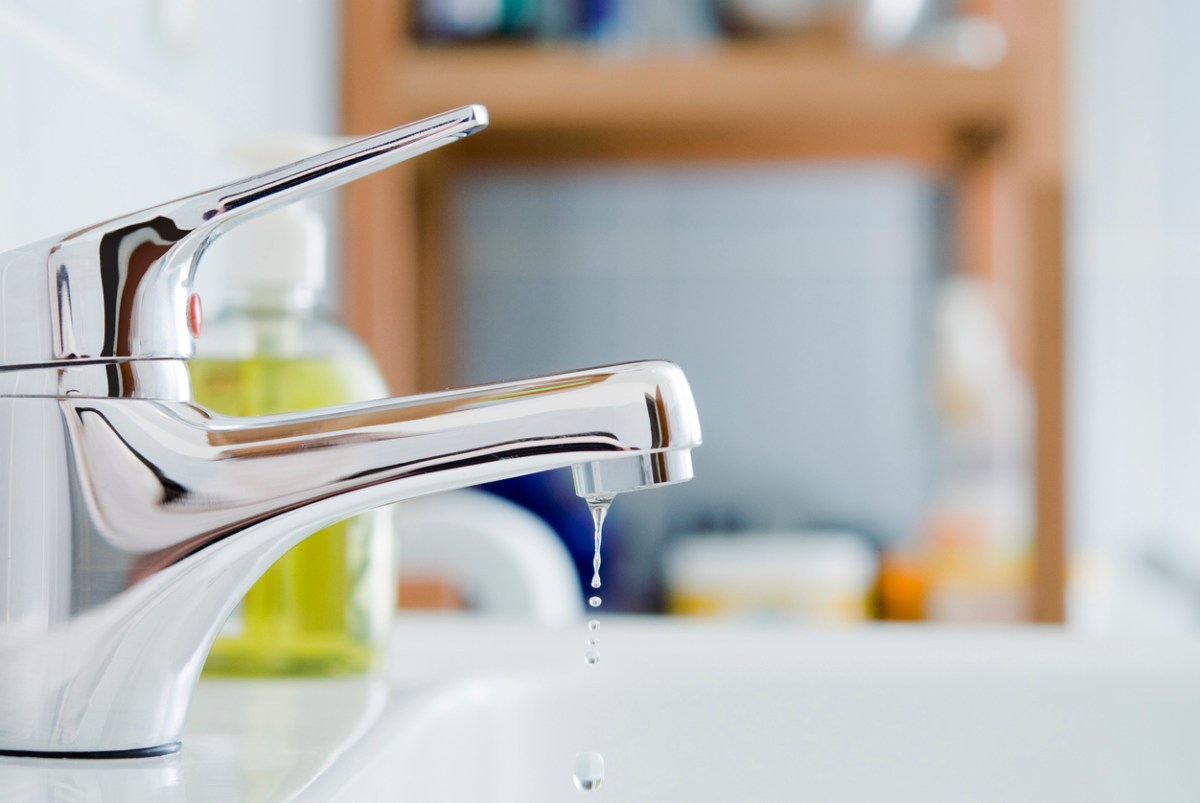Do you find yourself trying to locate critical info involving Why Are My Faucets Dripping (And Can I Fix It Myself)??

Leaking faucets could look like a small aggravation, however their effect exceeds just the aggravation of the audio. From wasting water to incurring unnecessary financial expenses and health and wellness dangers, neglecting a leaking faucet can result in various consequences. In this write-up, we'll look into why it's critical to resolve this usual house concern quickly and successfully.
Wastage of Water
Environmental Effect
Trickling faucets contribute considerably to water waste. According to the Epa (EPA), a solitary tap leaking at one drip per second can lose more than 3,000 gallons of water each year. This not just stress water resources yet additionally impacts environments and wild animals based on them.
Step-by-Step Overview to Repairing a Dripping Faucet
Tools Called for
Prior to attempting to fix a trickling faucet, gather the necessary devices, consisting of an adjustable wrench, screwdrivers, substitute parts (such as washing machines or cartridges), and plumber's tape.
Common Tap Issues and Their Solutions
Determine the kind of faucet and the details issue causing the drip. Typical problems include damaged washers, rusty shutoff seats, or faulty O-rings. Refer to supplier instructions or on-line tutorials for step-by-step support on repair work.
Financial Prices
Raised Water Bills
Beyond the ecological impact, dripping taps can blow up water bills substantially. The collected waste gradually equates right into higher energy expenditures, which can have been avoided with timely repairs.
Potential Residential Property Damage
Additionally, extended dripping can result in harm to components and surface areas surrounding the faucet. Water accumulation can create discoloration, rust, and also architectural problems if left ignored, leading to extra repair costs.
Health Concerns
Mold and Mildew Development
The consistent presence of moisture from a trickling faucet creates an optimal environment for mold and mold growth. These fungis not just endanger indoor air quality however also present wellness risks, especially for people with respiratory conditions or allergies.
Waterborne Illness
Stationary water in leaking taps can come to be a breeding place for bacteria and various other pathogens, raising the danger of waterborne conditions. Impurities such as Legionella microorganisms thrive in stagnant water, potentially leading to major diseases when consumed or breathed in.
DIY vs. Expert Repair work
Advantages and disadvantages of Do It Yourself Fixing
While some might attempt to fix a dripping tap themselves, DIY repairs come with their very own set of difficulties. Without appropriate knowledge and devices, DIY efforts can intensify the issue or cause incomplete repairs, extending the trouble.
Benefits of Hiring a Professional Plumber
Working with a specialist plumber ensures that the underlying source of the trickling faucet is attended to effectively. Plumbing technicians possess the proficiency and devices to detect and repair tap issues efficiently, saving time and reducing the risk of further damage.
Environmental Responsibility
Individual Contribution to Conservation
Taking obligation for taking care of leaking faucets lines up with broader efforts towards water conservation and environmental sustainability. Every person's activities collectively make a significant impact on maintaining valuable resources.
Lasting Living Practices
By focusing on timely repairs and taking on water-saving routines, individuals add to sustainable living techniques that benefit both existing and future generations.
Preventive Measures
Routine Maintenance Tips
To stop leaking taps, perform routine upkeep such as cleaning up aerators, checking for leaks, and replacing worn-out components quickly. Furthermore, take into consideration installing water-saving gadgets or upgrading to a lot more reliable components.
Importance of Prompt Repairs
Dealing with leaking faucets as soon as they're discovered avoids additional water waste and potential damage, ultimately conserving both water and cash in the future.
Effect On Property Worth
Understanding of Well-Maintained Home
Maintaining a home in good condition, consisting of dealing with upkeep problems like dripping taps, improves its regarded value and worth among possible purchasers or tenants.
Influence on Resale Worth
Qualities with well-maintained plumbing components, including taps, command greater resale values in the realty market. Resolving dripping faucets can add to a favorable impression during residential property inspections and settlements.
Final thought
Addressing a dripping faucet exceeds simple comfort; it's a crucial action towards preserving water, lowering economic prices, and guarding wellness and property. Whether through DIY repair services or specialist assistance, taking action to repair leaking faucets is a little yet impactful method to promote accountable stewardship of sources and contribute to a much healthier, more lasting future.
How to Fix a Leaky Faucet: Step-by-Step Repair Guide
A leaky faucet may seem like a simple annoyance, but if it's not fixed promptly, that leak could cost hundreds to potentially thousands. From water damage to mold, mildew, and high water bills, even a tiny leak can be catastrophic if left unattended. Damage like this can even affect the overall value of your home, so it's important to take the right approach for leaky faucet repair. You may need the help of a plumber in some cases, but we've got a few tips you can try on how to fix a leaky faucet before calling the pros.
Four Faucet Types
When you're learning how to fix a leaky faucet, the first step is knowing what kind of faucet you're working with! There are four common types.
Cartridge Faucets
Cartridge faucets come in one- or two-handled varieties. In one-handled cartridge faucets, hot and cold water combines in a single cartridge. In the two-handled versions, hot and cold water are controlled separately and mixed in the faucet.
Ball Faucets
Ball faucets have a single lever you push up and down to adjust the pressure and rotate to change the temperature. A slotted metal ball controls the amount of water allowed into the spout.
Compression Washer Faucets
They're the oldest type of faucet, but they're still used in many homes — especially older ones. Compression faucets have two separate handles that, when turned, raise or lower the washer that seals a water valve. This valve stops water from flowing through the faucet when it is turned off.
Disc Faucets
Disc faucets rarely need to be repaired due to their maintenance-free design. The water flow is controlled by two discs — the upper one raises and lowers against a fixed lower disc, creating a watertight seal. If your disc faucet starts leaking, you may need to replace the seals or clean residue buildup from the inlets.
Fixing a Leaky Faucet
Step 1: Turn Off the Water
Whether you're learning how to fix a leaky bathtub faucet or how to fix a leaky kitchen faucet, always turn off the water supply to your working area when you're fixing a leak. The last thing you want is a flood added to your list of things to fix.
Look for the shutoff valves below your sink or around the tub and turn them clockwise to stop the water flow. If your faucet doesn't have shutoff valves, you may need to turn off the water for the whole house. Check to make sure it's off by turning the faucet on. If nothing comes out, you're ready to start the repair.
Step 2: Take Apart the Faucet
How you disassemble your faucet depends on the type of fixture you have. You can use a flathead screwdriver to remove the caps on top of the handle or handles for cartridge and compression faucets. Inside, you should see handle screws. Unscrew these with a screwdriver to remove the handle.
Disc- and ball-style faucets will typically have an inlet screw near the handle, and removing that will reveal the interior of the faucet.
Detach the Valve Stem
For cartridge- and compression-style faucets, you'll see the inner valve stem or cartridge once you remove the faucet handles. If you have a compression faucet, unscrew the brass valve stem. If you have a cartridge faucet, pull out the cartridge. If your cartridge has been in place for a while, it may require some tools or extra force to remove it due to mineral deposits.
Examine and Replace Parts
Once you've removed the parts, check them out to confirm what needs to be replaced. You may see corroded rubber washers, O-rings, stems, or cartridges. On a ball-style faucet, check the seats and springs for damage.
If you need to repair a leaky disc faucet, check the inlet and seals on the lower disc.
Once you determine what parts must be replaced, visit your local hardware store. Bring the damaged parts with you to ensure you can purchase the correct components to replace them.
Clean Valves and Faucet Cavity
If you've removed a stem or cartridge, you may notice mineral buildup in the faucet's threads. Use white vinegar to clean the valve seat by soaking it for a few minutes, then scrub it away with a soft toothbrush and rinse with warm water. You can also clean the interior of the faucet in the same way.
Reassemble the Faucet
Once your faucet is cleaned and the required parts have been replaced, it's time to reassemble it. Put the pieces back together and slowly turn the water supply back on. Doing this slowly is crucial because too much initial water pressure can damage the new hardware you've just installed.
https://homewarranty.firstam.com/blog/how-to-fix-leaky-faucet

I'm just very intrigued by Why It's Important to Fix Leaky Faucets and I hope you liked our entry. Are you aware of somebody else who is interested in the subject? Please feel free to share it. Thank-you for taking the time to read it.
Comments on “Your Reasons Behind Correcting a Broken Faucet”